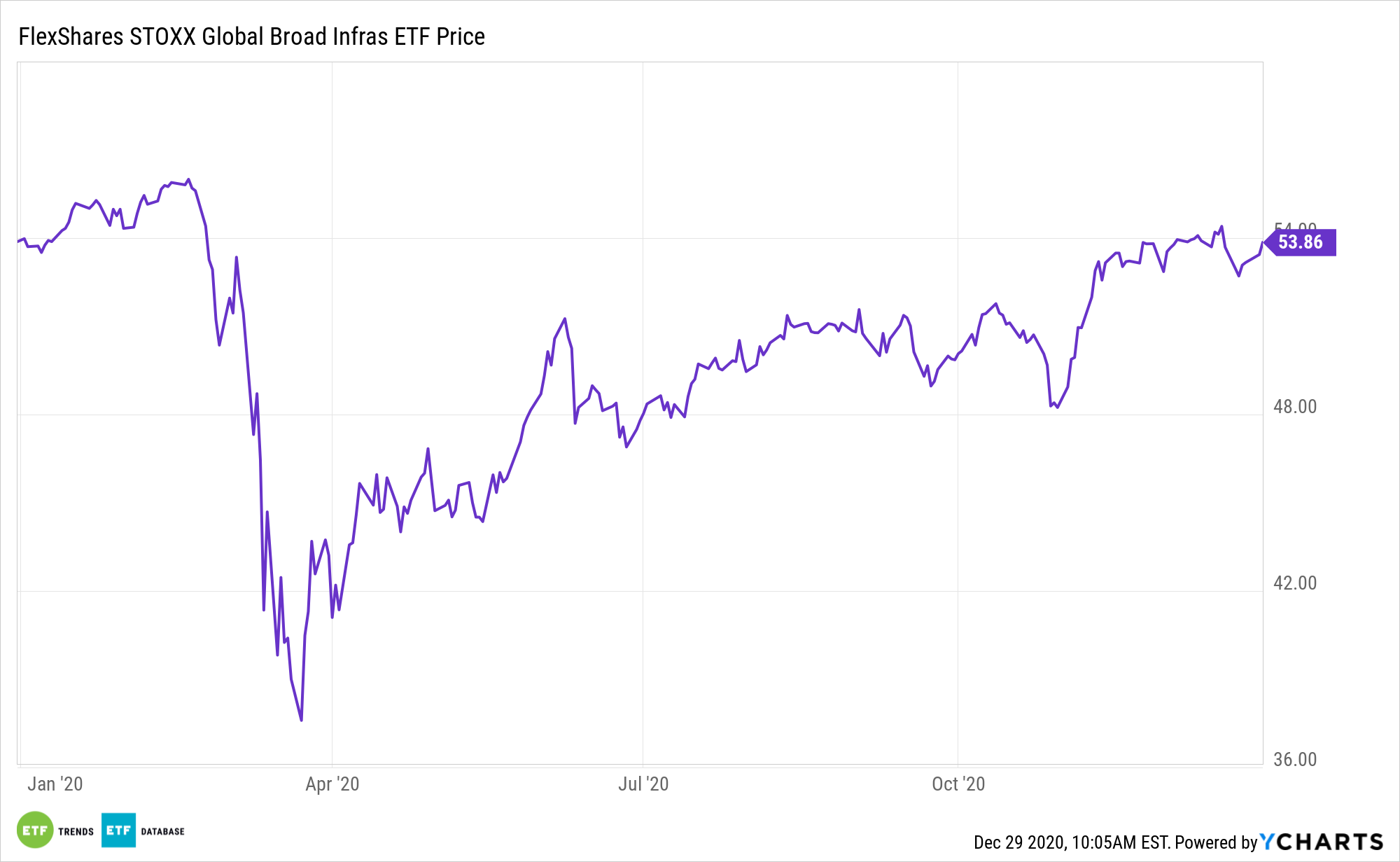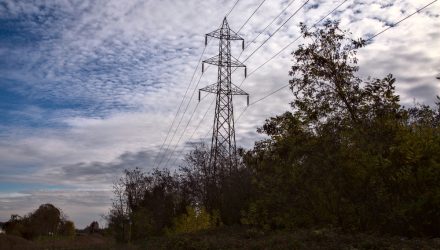The FlexShares STOXX Global Broad Infrastructure Index Fund (NYSEArca: NFRA) and other infrastructure exchange traded funds garnered plenty of attention during the 2020 campaign season. Now that electoral politics are in the rearview mirror, investors shouldn’t gloss over NFRA.
NFRA tries to reflect the performance of the STOXX Global Broad Infrastructure Index, which identifies equities that derive the majority of revenue from infrastructure business, providing exposure to not only infrastructure sectors, but non-traditional ones as well. Investors considering NFRA or any other infrastructure asset are betting this time will be different when it comes to policy execution and implementation.
States and cities have been scaling back infrastructure spending in recent times.
“This new paradigm was due to a number of factors, but mostly reflects a challenging operating environment and growing fixed-cost obligations, like pensions and other benefit costs through the lower-for-longer recovery period,” according to S&P Global Ratings. “Over the past decade, S&P Global Ratings estimates the U.S. would have spent approximately $1.5 trillion more in state and local government infrastructure investments had it continued on its pre-Great Recession path.”
For Infrastructure Investments, There’s No Time Like the Present
NFRA’s index focuses on long-lived assets in industries with very high barriers to entry, with at least 50% of their revenue from key sectors with a 3-month average daily trending volume of at least $1 million. The portfolio is weighted based on a free-float market cap with certain constraints to limit exposure in any one security, sub-sector, or country. Additionally, the fund is rebalanced annually.

Investors can turn to exchange traded funds to track the expansion of U.S. infrastructure, even if the incoming Joe Biden administration doesn’t make good on plans for increased fiscal spending.
President-elect Joe Biden promised on the campaign trail to push through a $2 trillion plan to upgrade the country’s infrastructure and combat climate change by rebuilding roads and bridges, eliminating carbon emissions from the power grid, putting more Americans in electric vehicles, and funding zero-emissions mass transit, the Wall Street Journal reports.
There is significant need for near-term infrastructure spending and it could provide substantial benefit to NFRA.
“While the sudden and severe onset of the COVID-19-induced recession created new budgetary challenges, it also provided an opportunity for renewed infrastructure spending,” notes S&P Global. “S&P Global Economics estimates that a $2.1 trillion boost in public infrastructure spending over 10 years, to the levels (relative to GDP) of the mid-20th century, could add as much as $5.7 trillion to the U.S. over the next decade, creating 2.3 million jobs by 2024 as the work is being completed.”
For more on multi-asset strategies, visit our Multi-Asset Channel.
The opinions and forecasts expressed herein are solely those of Tom Lydon, and may not actually come to pass. Information on this site should not be used or construed as an offer to sell, a solicitation of an offer to buy, or a recommendation for any product.

